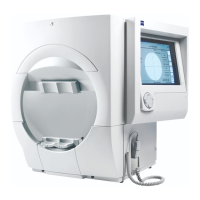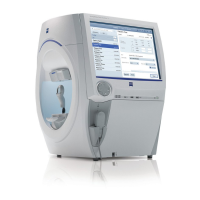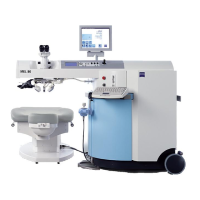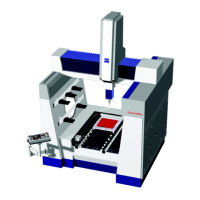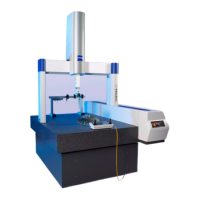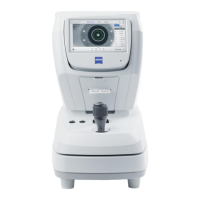Guided Progression Analysis (GPA)
Humphrey Field Analyzer II-
i
series User Manual 2660021145640 A
8-4
GPA Event Analysis Includes Progression Indicators
The Progression Analysis Probability Plot uses a simple set of symbols in the Progression Analysis
Probability Plot, providing an intuitive indicator of glaucoma progression.
Small open triangle – Identifies any test point that has worsened by an amount that exceeds the
variability expected in all but the most variable 5% of glaucom
a patients having similar visual field status
(p < 0.05). This symbol is used when the change was not seen on the previous Follow-up test.
Half-filled triangle – Identifies a point changing by an amount that is significant at the
p < 0.05 level and that is repeated in
two
consecutive Follow-up exams.
Filled triangle – Identifies a point changing by an amount that is significant at the p < 0.05
level and that is repeated in
three
consecutive Follow-up exams.
Note: If you use the now superseded Glaucoma Change Probability (GCP) analysis to analyze Full
Threshold tests, the GCP also uses an open triangle in its analysis. In the GCP, the open triangle
indicates a point that has improved, not a point that has progressed. Be careful not to confuse these
two differing uses of the open triangle symbol in your analyses.
GPA Event Analysis Uses Plain Language Interpretation – The GPA Alert
Progression is defined as statistically significant change that is also clinically r
e
peatable and
consistent. When statistically significant degradation is seen in the same three or more points on
two consecutive Follow
-
up tests
, the GPA software interprets the patterns for you and automatically
alerts you to:
Possible Progression.
A statistically significant change from Baseline in the same three or more points in
three consecutive
Follow
-
up tests
will alert you to: Likely Progression.
Note: The points need not be clustered together to satisfy either criterion.
Overview of GPA Reports
This section provides an overview of the different GPA reports that are available. Later sections of
this chapter will provide detailed descriptions of important information in these reports and
instructions on how to select each one for export or printing.
GPA Summary Report
The new GPA Summary report is picture
d in Figure 8.1. This powerful one-page report provides an
overview of the patient’s entire visual field
history. At the top of the report, Graytone and Pattern
Deviation Plots are shown for both chosen GPA Baselines, along with key indices such as VFI, MD,
and PSD. In the center of the page, a trend plot called the “VFI Plot” with linear regression analysis
(when appropriate) of the VFI is shown for all exams included in the analysis. Next to the VFI Plot is
the VFI Bar, a histogram that provides a graphical representation of the patient’s current VFI value
along with a 2-5 year projection of the VFI regression line. Results for the current visual field exam
are shown at the bottom of the GPA Summary report, including the Graytone Plot, Pattern Deviation
Plot, Deviation from Baseline Plot and the Progression Analysis Probability Plot. The GPA Alert will
appear here as well.
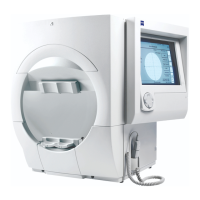
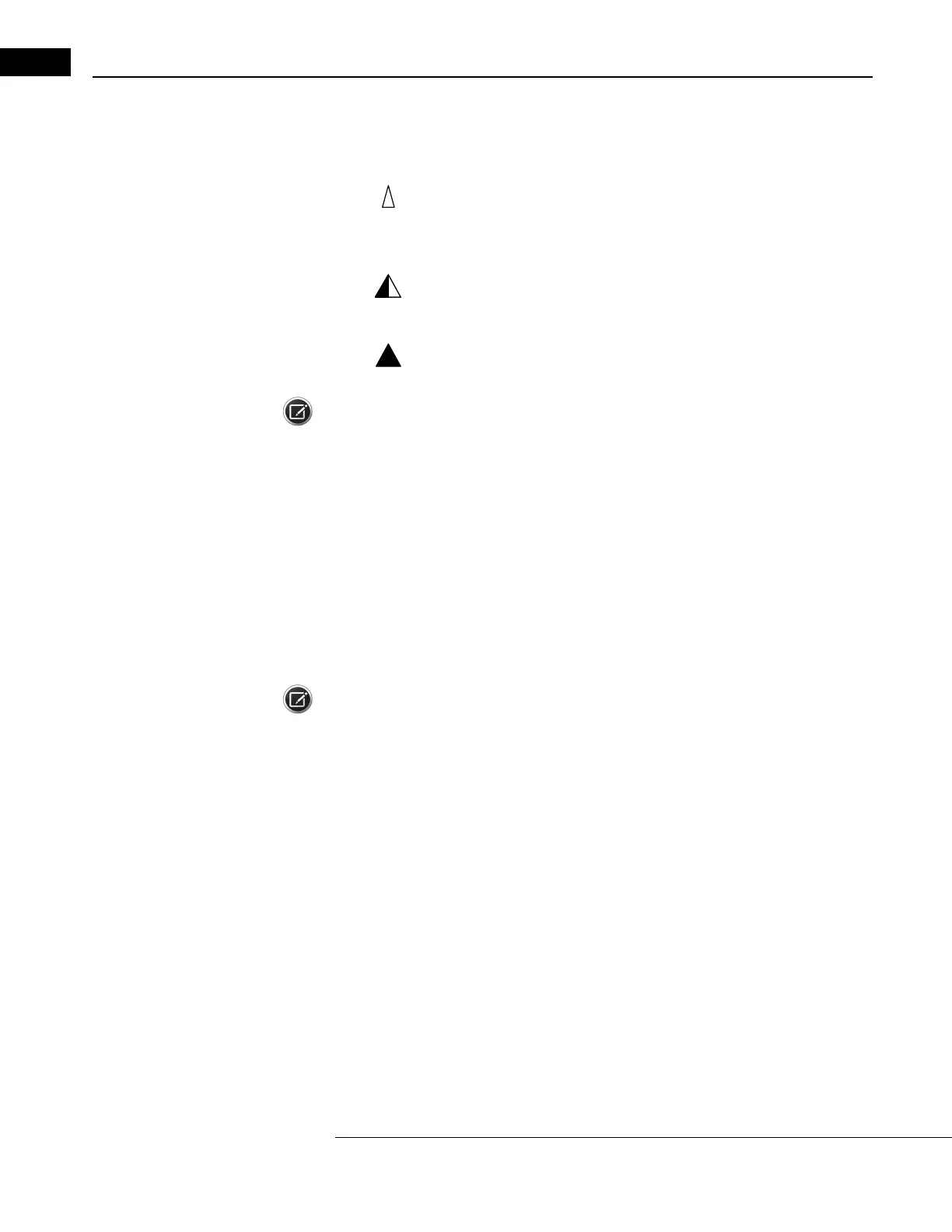